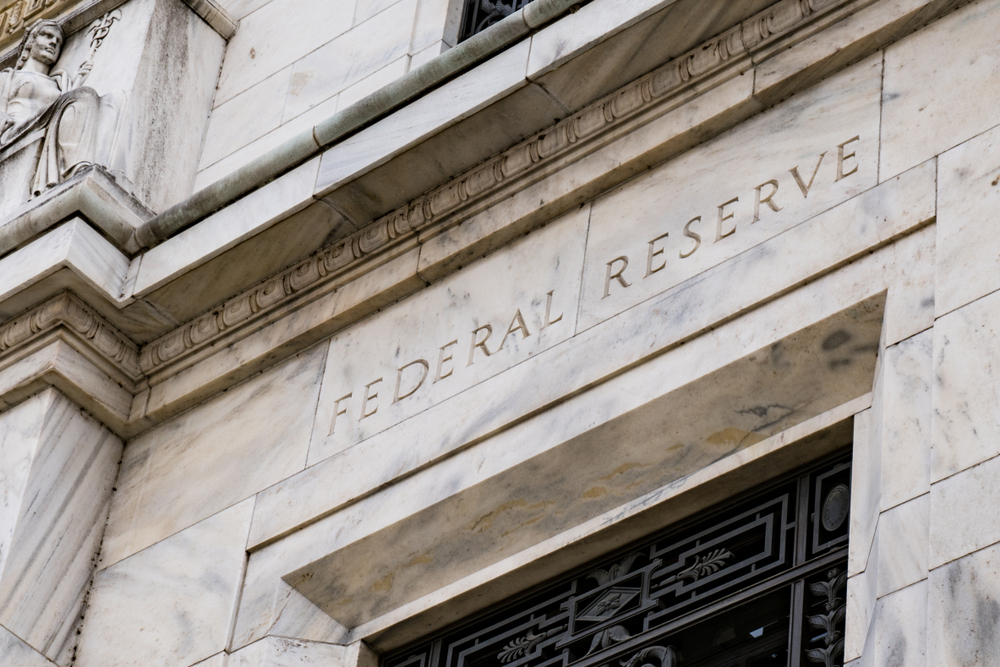In recent months, the stock market has had to contend with two major economic concerns—the drama over the lifting of the debt ceiling, and speculation over future rate hikes by the Fed. Much to the relief of investors, the debt ceiling spectacle was solved, at least temporarily. But the market has continued to churn over concerns of how much further the Fed plans to go to win the battle over inflation.
Inflation News Improving, but the Fed is Still on the Move
The June inflation report, indicating a marked cooling in price increases, was a shot in the arm for a market desperately looking for a respite from further rate hikes. While the 3% year-over-year increase in June, the smallest since March 2021[i], marks a significant reduction of the inflation rate that peaked at 9.1% in June of 2022[ii], it remains above the Fed target of 2%, and consumers are still reeling from higher prices.
After a pause in June, most experts expected at least one more rate hike in 2023. And then, in late July, the Federal Reserve approved a much-anticipated interest rate hike that took benchmark borrowing costs to their highest level in more than 22 years. The quarter percentage point increase brought the fed funds rate to a target range of 5.25%-5.5%. Will this be the end of rate hikes? What will be the impacts from these hikes? Will the economy fall into a recession?
One thing for sure is that short of the economy falling into a full-blown recession (which appears less likely this year), the Fed is not expected to cut rates anytime soon. That should keep upward pressure on loan rates and bond yields well into 2024. How does that bode for investor portfolios going forward?
Implications of Current Rate Environment on Portfolio Decisions
While a considerable chunk of past, present, and future rate hikes has already been baked into the market, the prospect of rates remaining elevated for longer may keep a lid on stock prices and the market churning. Historically, stock market performance tends to be mixed during periods of rising or elevated rates. It can also vary among specific industries or sectors, which is why diversification is critical in any interest rate environment.
Bonds More Attractive
For several years, as interest rates plummeted, bonds had been dragging down total returns with their low yields. Then, increasing rates over the last few years forced bond yields up while driving prices down, resulting in the worst bond market returns on record in 2022.
The silver lining in rising bond yields is that they have become more attractive for fixed-income investors or as a counterweight to stock market volatility. With the 10 and 30-year Treasury yield both hovering around 4% as of this writing, they are now exceeding the inflation rate of 3%.
Perhaps the biggest beneficiaries of higher rates are savings, CDs, and money market accounts. After languishing at near-zero rates for several years, rates with some accounts have soared to the 4% to 5% range, making them a more attractive haven for investors.
Preparing Clients for Rate Uncertainty
No one can consistently predict what the Fed will do in its fight against persistent inflation. Continued pricing pressure and a strong labor market could force more aggressive actions, but, at the very least, we aren’t likely to see rates coming down soon.
Any specific actions your clients take regarding their portfolios will depend on the assets they hold, their investment objectives, and risk tolerance. Diversifying among assets with low correlations with one another is still the best way to minimize portfolio volatility until inflation and fed rate policy normalize. As always, we suggest focusing on the long-term objectives of your portfolio and the things you can control.
